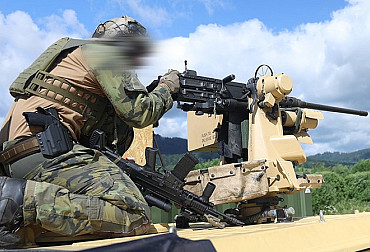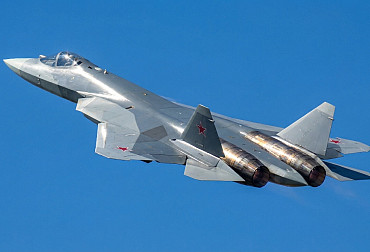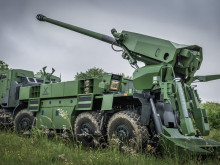SPYDER Air Defence System as a Possible Replacement of the 2K12M KUB
One of the options for the replacement of the existing air defence missile kits 2K12M Kub of the Army of the Czech Republic is the Israeli short- and medium-range air defence system SPYDER used by Rafael Advanced Defense Systems and Israel Aerospace Industries. The word SPYDER is a combination of the terms Surface-to-air, PYthon 5 (a type of infra-red guided missile navigation) and DERby (a type of radar-guided missile). The choice of this system suggests itself mainly because the ACR will operate Israeli 3D mobile radars ELM-2048 from 2023, used for the SPYDER-MR medium range system.
Picture: One of the options for the replacement of the existing air defence missile kits 2K12M Kub (pictured) of the Army of the Czech Republic is the Israeli short- and medium-range air defence system SPYDER. | archive of the 25th Air Defence Missile Regiment
The SPYDER system is designed to intercept low-flying aircraft, helicopters and drones, drones and guided munitions, and to defend fixed objects, places, designated areas and their own moving units in the combat area, in any weather. It can be used on various chassis, including, of course, TATRA chassis, which is required by the Army of the Czech Republic for its new system (Tatra 815-7 8x8).
SPYDER-SR (Short Range) is controlled by ELM-2106 ATAR radar. It searches for targets in the full range of 360° and the missiles are fired at the confirmed target in less than five seconds. The radar detects aircraft at a distance of 70-110 km, hovering helicopters at a distance of 40 km and drones and ultralights at a distance of 40-60 km, while it can simultaneously monitor up to 60 of them. They can be destroyed by the SPYDER-SR system at a distance of 1 to 15 km and at altitudes of 20 to 9000 m. During the day, at night, in any weather, simultaneously against several targets, firing individual missiles, several simultaneously or gradually, manually by the operator and automatically.
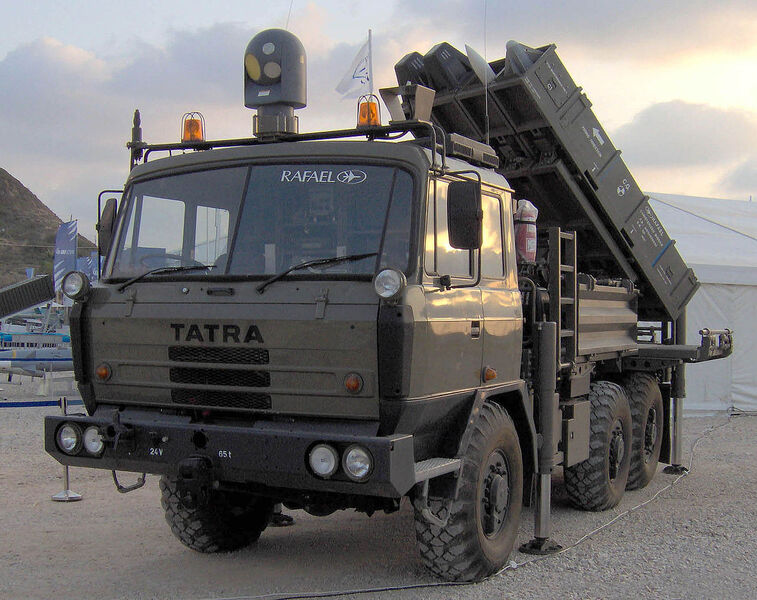 Picture: Launching device of the SPYDER-SR system on the Tatra chassis | Wikimedia Commons
Picture: Launching device of the SPYDER-SR system on the Tatra chassis | Wikimedia Commons
The SPYDER-MR (Medium Range) uses ELM-2048 MMR radars chosen by the Army of the Czech Republic, which are also being used by the Israeli Iron Dome system and which can simultaneously track up to 1200 objects up to a distance of 250 km with a static deployment in azimuth of 120°, destroy targets up to a distance of 35 km at altitudes from 20 m to 16 km (the Kub system has a range of 23 km in the altitude range of 25 m to 10 km).
Python 5 and Derby missiles can be fired in LOAL mode (lock-on after launch) or LOBL (lock-on before launch), which increases the probability of destroying the target at short distances. The system consists of a standard command and control unit (CCU), which, in addition to data from its own radar, processes data provided by superior systems, and four mobile firing units (MFUs), each carrying four missiles in any combination. The entire network can be ready for deployment in five minutes and is easy to use. Vehicles with a launcher can be placed up to 10 km from the control unit, they are connected by a radio data link.

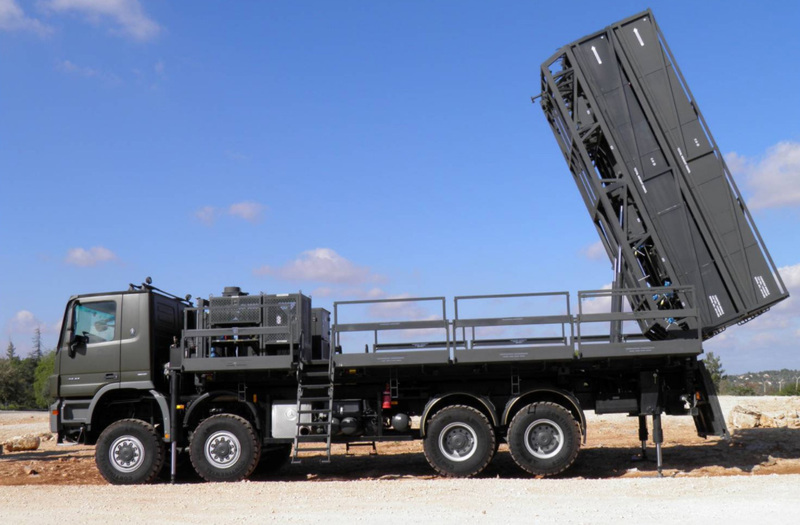
Picture: SPYDER-MR launcher set | Rafael Advanced Defence Systems
Python 5 are high-performance missiles equipped with an electro-optical infra-red sensor guided by a heat trace after locking the target, capable of developing the speed of Mach 4. The target is destroyed by the explosion of a warhead weighing 11 kg, in all directions (the projectile is able to make a very sharp turn of 180° and maneuver with an overload of 100 g), by a direct hit, or at a certain distance. They are used in the armament of, among others, F-16 fighters of the Israeli Air Force. Derby is a larger variant of the Python 4 missile equipped with its own active radar, with a warhead weighing 23 kg, and like the Python 5 reaching the speed of Mach 4. It is fired in LOBL mode at short distances and LOAL at medium distances.
The SPYDER system was developed in Israel, introduced to the public for the first time in 2004 and to the world public at the Paris Aerosalon in Le Bourget in 2005. India purchased 18 sets of SPYDER-MR and 750 pieces of missiles of both types respectively, and the deliveries began in 2012. In February 2019, an Indian SPYDER shot down a Pakistani observation drone over Gujarat. There is speculation about their deployment by the Georgian armed forces in 2008 against Russia, when the reconnaissance Tu-22MR and the battle Su-25 were allegedly shot down (but they are attributed rather to the SA-11 Buk 1M system). In the same year, Singapore ordered two sets of SPYDER-SR, having them delivered in 2011 and 2012. In 2015, Vietnam ordered six sets, the first was delivered in July 2016. Six sets were purchased also by Peru, and the Philippines showed interest as well. The Israeli defence forces did not include SPYDER in their armament as they have other systems at their disposal, but it is undeniable that the rich Israeli experience with modern approaches in the field of air defence was utilized in the SPYDER development.
Installation on the Tatra chassis, traditional close relations with Israel, its modern world-class technology developed according to rich experience and proven in combat conditions, and the fact that the ACR will soon have radars on which the SPYDER system is based, are quite strong arguments for choosing it as a replacement of the Kub sets, still maintained in a state of action thanks to the admirable willpower and dexterity of our soldiers.

















